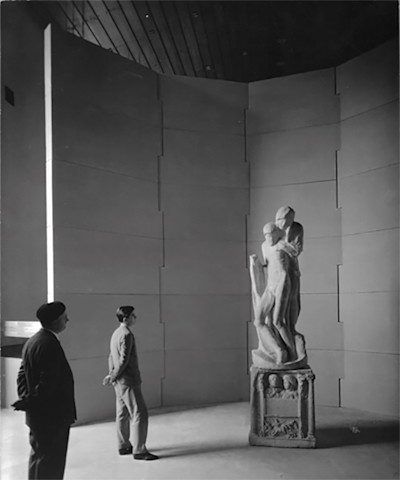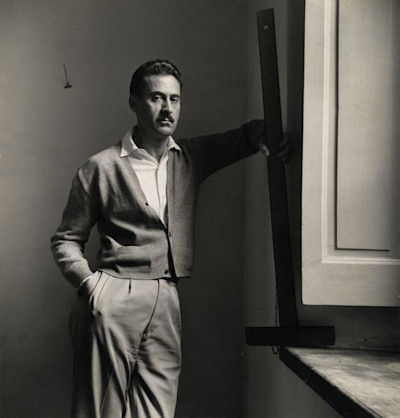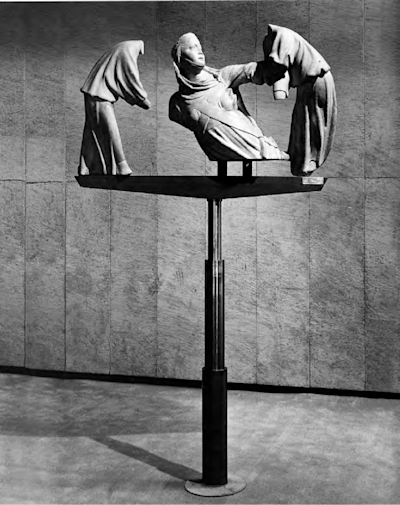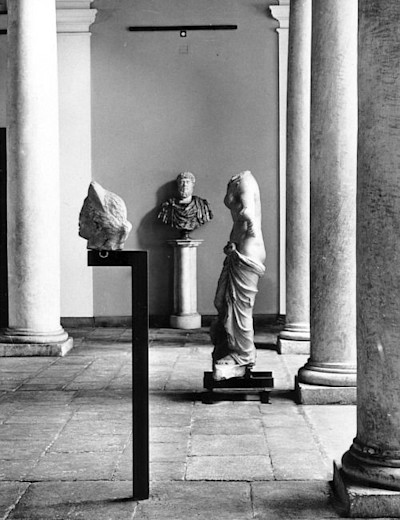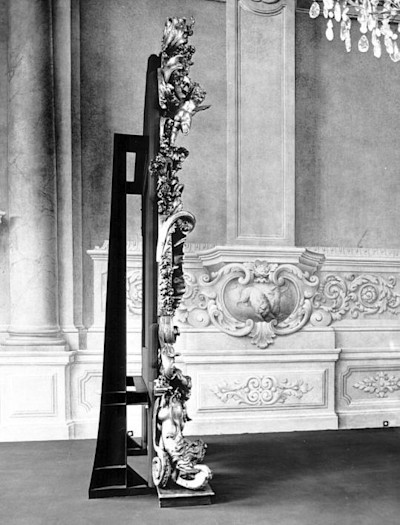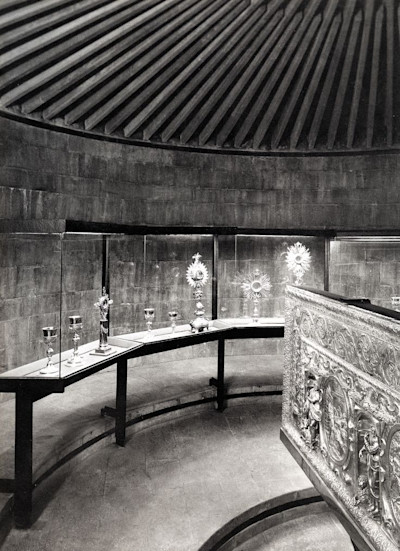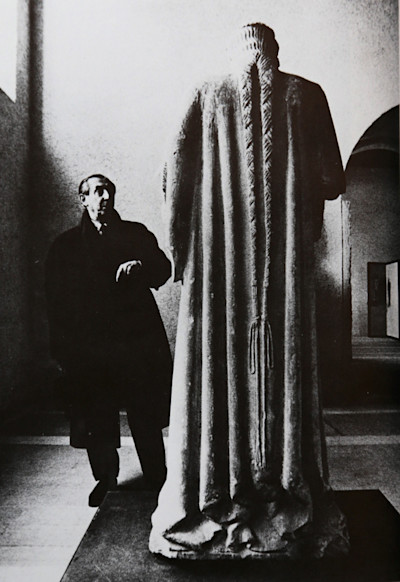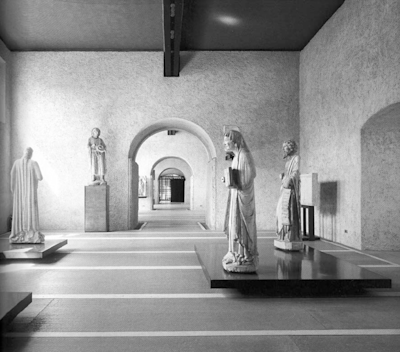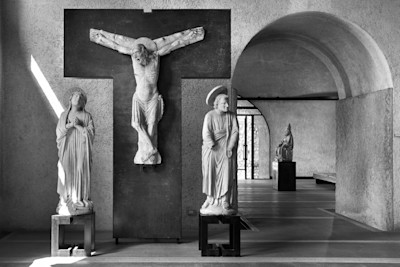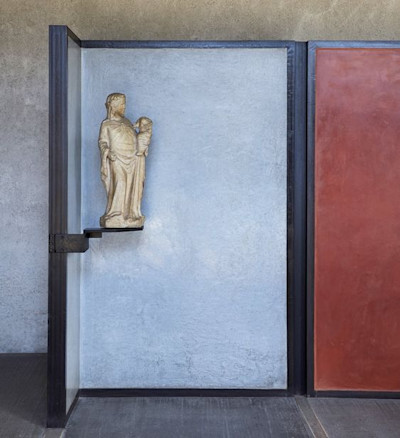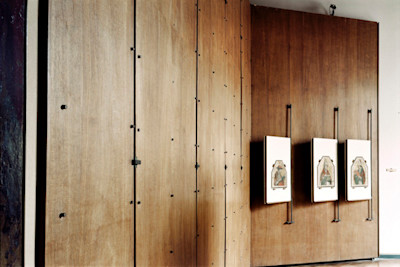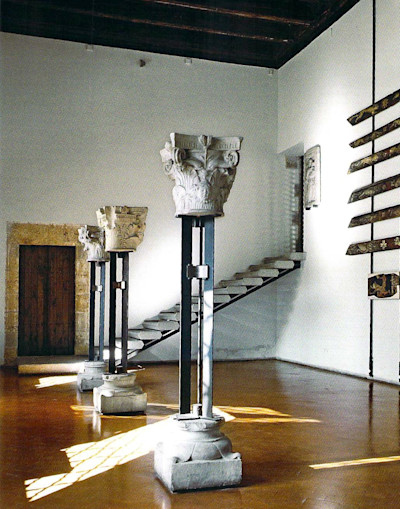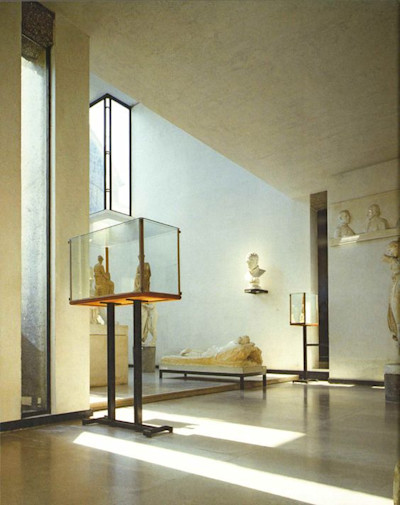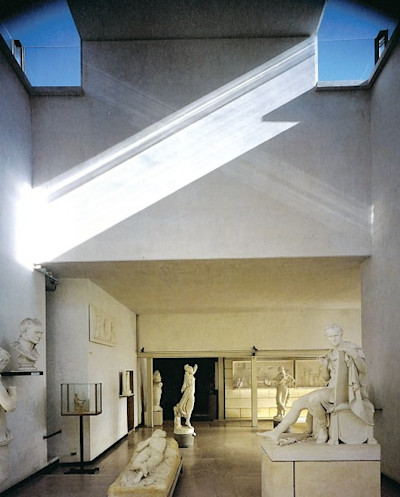Albini, BBPR, Scarpa and the art of allestimento
11.30.2017

In 1950, Italy became the leaders of a revolution in exhibition design. After years of war and fascism, the country sought to forge back its cultural identity with the help of avant-garde curators. It was an architectural movement in museum design that reinvented the display of Italian art in historic spaces.
To cite Carlo Scarpa, "If art is education, the museum must be the school”. The whole country discovered a new experience with art, a change from the old school approach to art and its history. It was called it “Saper vedere” which means “learning to see”.
Offering an alternative to the classic gallery-esque "white room", or the historical contextual "period room”, these Italian architects experimented with the idea of an odd scenography; introducing the notion of strangeness, by removing the exhibited artwork from the heavily ornamented walls and isolating it from its context so it could shine on its own for the visitor to fully experience.
To name a few of the great architectural set designers, there were the architectural group BBPR in Milano, Franco Albini in Genoa, and Carlo Scarpa who mastered the art of the “allestimento” in Firenze, Verona, Possagno, Palermo and more. In a radical yet incredibly light and moving way, they opened the path to the modern museum scenography we know today.

